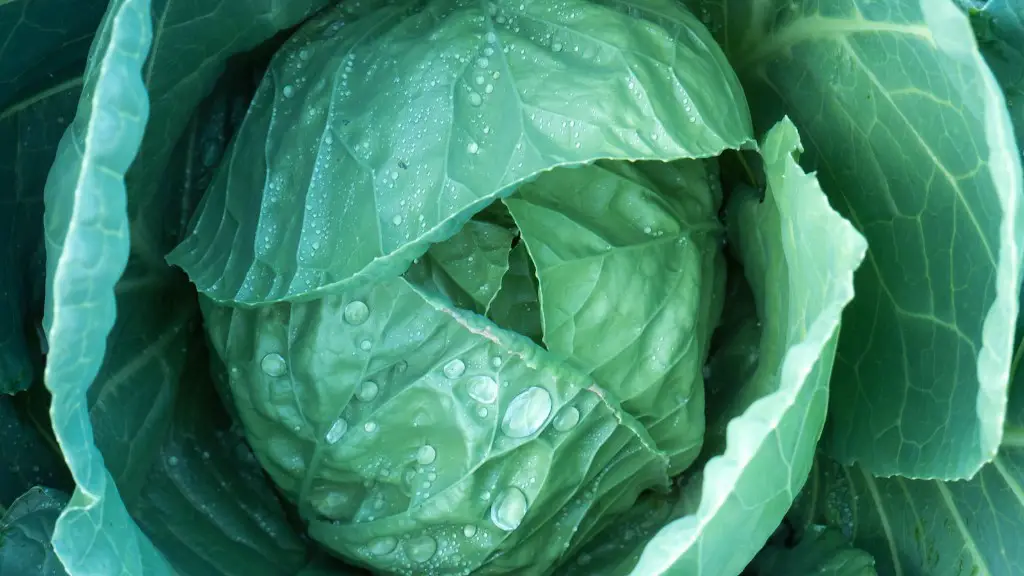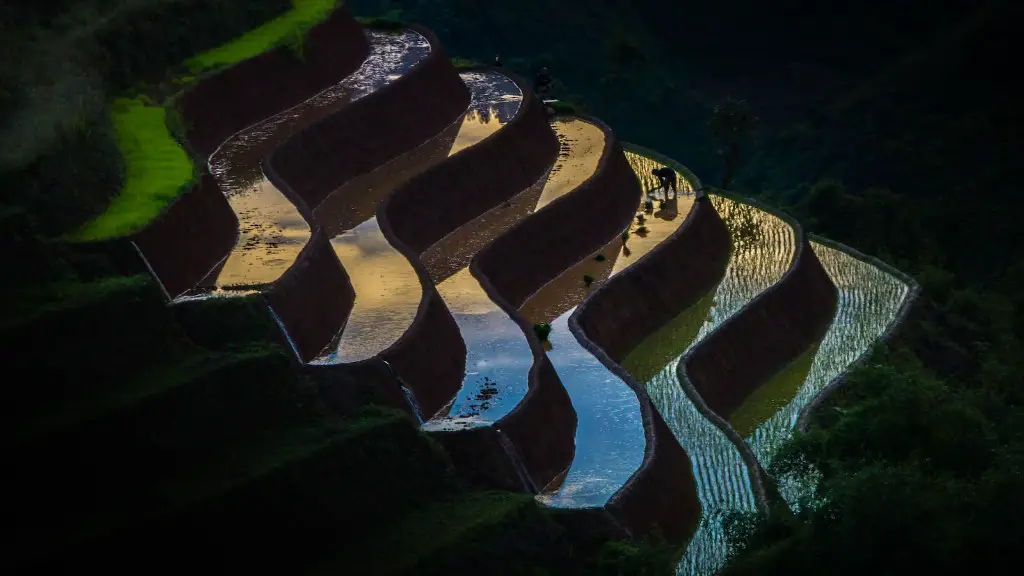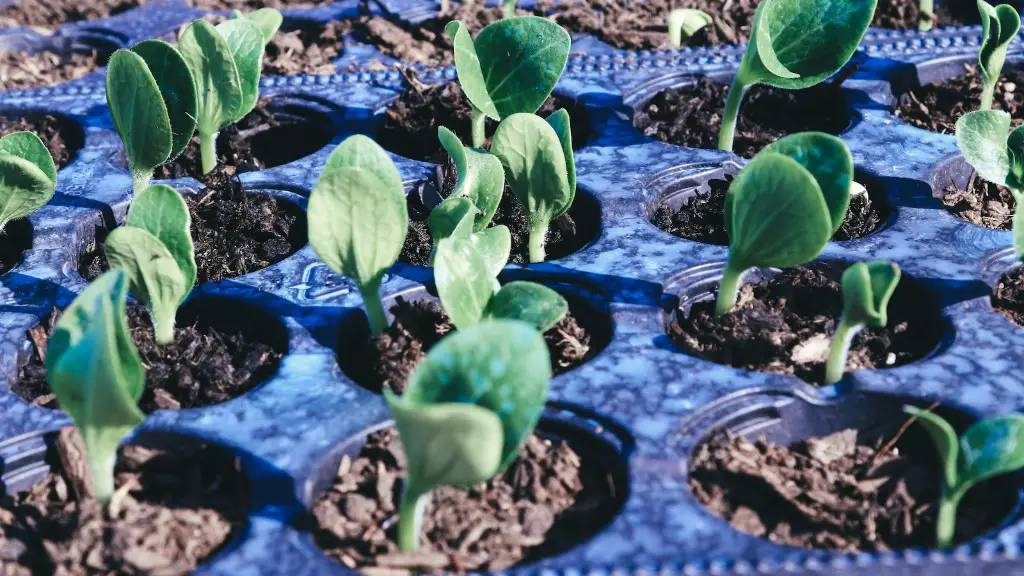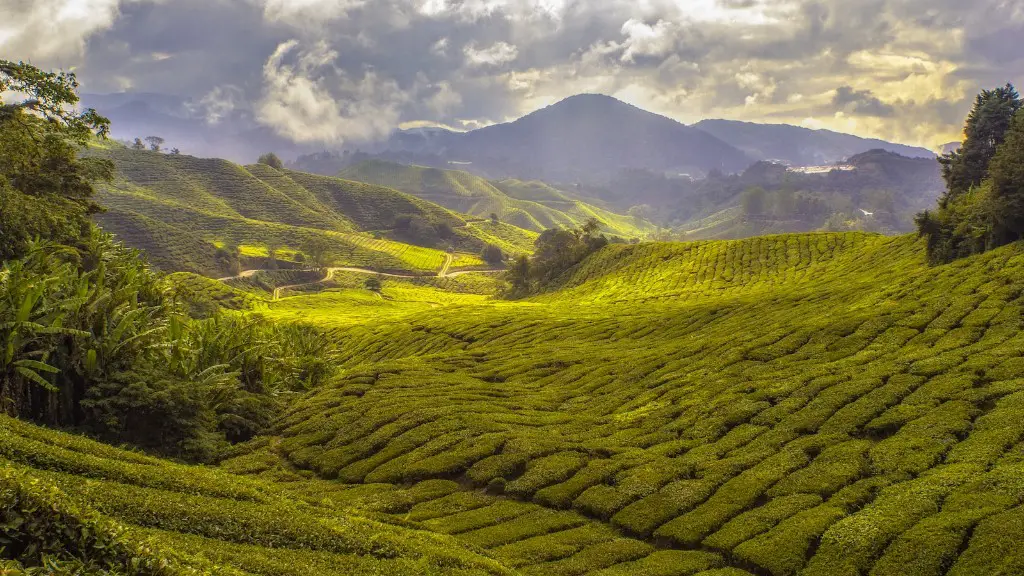Slash-and-burn agriculture is a subsistence farming method practiced by over 250-500 million rural people all over the world. This method involves the opening of plots of forest or dry land by cutting trees and burning them. The ash helps fertilize the field and it is planted in the cleared forest land. Unfortunately, this has resulted in serious environmental problems, and it’s important to understand these impacts to reduce them and find better solutions.
Air Pollution: Slash-and-burn agriculture can result in dangerous and harmful air pollution. When forests are burned, the trees, plants and soil emit various smoke, gases and dust which can decrease air quality and damage the environment. There are various factors that contribute to this air pollution, most notably the types of vegetation being burned and the temperature and wind. These contribute to the heat, intensity and duration of air pollution, making it essential that farmers understand these factors and take proper precautions.
Soil Erosion: When soil is burned, the nutrients are removed and the soil structure is damaged and weakened. This can lead to the loss of soil fertility, reduce crop yields, reduce soil productivity and cause soil erosion due to the lack of vegetation. This can result in flooding, mud slides and other water damage that can threaten nearby human settlements.
Loss of Biodiversity: Slash-and-burn agriculture can cause loss of biodiversity by depleting the habitat of plants, animals and microorganisms. This is due to the destruction of the trees and other vegetation, which are the habitat for many species. This not only affects the population of these species, but it also affects the overall ecosystem.
Climate change: Burning of forests can result in the emission of large amounts of CO2, which is a greenhouse gas. This contributes to global warming and climate change, as these emissions are not captured and stored in the environment. In addition, forests are important sinks that store carbon, so the destruction of forests can further accelerate climate change.
Water Quality: Burning of forests can cause siltation of rivers and other water resources. This can decrease the water quality as the silt covers the aquatic organisms, destroys their habitat and decreases oxygen levels in the water. This decreases water availability for drinking, bathing and other human activities.
Deforestation: Slash-and-burn agriculture is one of the major drivers of deforestation, as it involves the cutting and burning of trees for agriculture. This is not sustainable and results in the destruction of forests and their biodiversity, as well as the habitat for various species. Moreover, the inability to re-plant the same species in the area results in the permanent loss of these forests.
Air Pollution
Slash-and-burn agriculture can significantly decrease air quality, as the burning of vegetation emits large amounts of smoke and gases into the atmosphere. These emissions include carbon monoxide, nitrous oxide, methane, black carbon, and other smoke and particulate matter. These can cause respiratory diseases, asthma, bronchitis, and other health issues. Additionally, the burning of wood, charcoal and diesel fuel used in farming can contribute to air pollution, as well as the burning of farm waste and materials.
To reduce air pollution, farmers should be aware of the types of vegetation they are burning, as certain vegetation emits more pollutants than others. They should also limit the burning of farm waste, and use alternative fuels such as solar, biogas, and wind energy. Proper management techniques, such as agro-forestry and conservation farming, should be adopted to reduce the impacts of slash-and-burn agriculture on air quality.
Soil Erosion
Slash-and-burn agriculture causes soil erosion due to the loss of vegetation and the damage to soil structure. This can result in floods, mud slides and other water damage as well as undermining of structures. Soil erosion can decrease soil fertility, reduce crop yields and reduce soil productivity. Additionally, it can leach away essential nutrients, leaving the soil vulnerable to water and wind erosion.
To reduce soil erosion, farmers should use conservation agriculture methods such as crop rotation, terracing and contour farming. They should also use proper soil management, using organic fertilizers and mulch to improve soil structure, increase moisture retention and reduce weed growth. By planting in the same fields year after year, the soil can be improved and erosion can be prevented. Additionally, the use of windbreaks and proper irrigation systems can help protect against water and wind erosion.
Loss of Biodiversity
Slash-and-burn agriculture destroys the habitat of various plants, animals, birds and microorganisms, resulting in a decrease in biodiversity. As the trees and vegetation are burned, the habitat of these species is eliminated, resulting in their displacement and/or death. This can cause a dramatic decrease in wildlife populations as well as an imbalance in the overall ecosystem.
To reduce the loss of biodiversity, farmers should use sustainable practices such as agroforestry, conservation farming and integrated farming. These methods involve the planting of trees and other vegetation in the same fields, creating a natural habitat for wildlife. In addition, farmers should manage the weeds and pests properly, using natural methods rather than chemical pesticides. This will help preserve the local species and protect the area’s biodiversity.
Climate Change
Slash-and-burn agriculture is one of the major contributors to climate change, as it produces large amounts of CO2 and other greenhouse gases. This greenhouse gas is one of the main contributors to global warming and climate change, raising the average temperature and changing weather patterns. Additionally, deforestation can reduce the ability of forests to store carbon, further accelerating climate change.
To reduce the impact of slash-and-burn agriculture on climate change, farmers should use alternative fuels such as biogas and solar energy. They should also adopt sustainable practices such as agro-forestry and conservation farming, as these methods can reduce emissions, increase carbon sequestration and store CO2 in the soil. Additionally, reforestation can help regenerate damaged forests and restore biodiversity and soil quality.
Water Quality
Slash-and-burn agriculture can cause siltation of rivers and other water bodies, reducing their water quality and damaging the aquatic ecosystems. When the soil is burned, it releases large amounts of soil particles and sediment into water bodies which can cover the organisms, destroy their habitats and reduce oxygen levels. This can reduce the availability of water for drinking, bathing and other activities.
To reduce the impact on water quality, farmers should use proper soil management techniques such as terracing and contour farming. They should also use mulch and organic materials such as compost, manure and grass clippings to improve soil fertility and moisture retention. Additionally, they should use conservation methods such as crop rotation, incorporating trees and other vegetation into their farming system. This will help protect water sources and reduce the impact of slash-and-burn agriculture on water quality.
Deforestation
Slash-and-burn agriculture is one of the leading drivers of deforestation, as it involves the cutting and burning of trees to clear the forest land. This increases the rate of deforestation and the permanent loss of forests and their biodiversity, as they cannot be replaced. In addition, the loss of forests can also reduce the availability of water and other resources in the area, as well as cause soil erosion.
To reduce the impact of slash-and-burn agriculture on deforestation, farmers should focus on reforesting and regenerating damaged forests. They should also use sustainable methods, such as agro-forestry and conservation farming, to reduce their reliance on the clearing of forests. Furthermore, they should use alternative fuels such as biogas, solar and wind energy, as this will reduce their reliance on wood and charcoal for energy. Additionally, reducing food waste and promoting efficient farming practices can help reduce deforestation by reducing the need for additional land.




